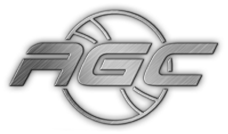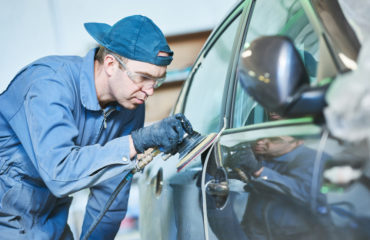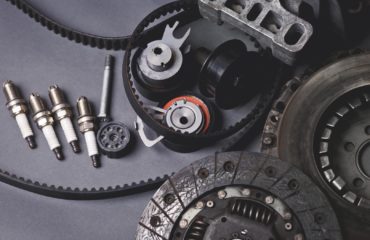Vehicle collision repair is complex. Doing it right requires years of experience, education and training. The average person would not be expected to know how to make the proper repairs – that’s why body shops exist. But you, as the vehicle owner, can and should ask some pertinent questions, and know what to expect for an answer. For most people, their car is their biggest financial investment after their home, so it makes sense to be your own advocate to ensure that the car is safely repaired.
Role of Each Party in the Repair Process:
- Insurance Company: The insurance company’s function is to indemnify the policy holder against all losses up to the limits of the policy. They are not collision repair professionals and as such, are not qualified to dictate repair methods.
- Body Shop: As the repair professionals, the body shop’s function is to repair the vehicle in a complete and safe manner using recommended repair procedures and protocols as determined by the vehicle manufacturer.
- Vehicle Owner: As the vehicle owner, and the person who signed the work authorization, you are the body shop’s customer. Their responsibility is to you. As the vehicle owner, your responsibility to the body shop is to pay for services rendered and look after your own interests to see that all parties meet their obligations. Therefore it is best if the vehicle owner gets involved with the repair process, asks questions, and periodically check on the vehicle’s repair process.
What To Check as an Advocate
- Your Insurance Policy: Read and know what is in your auto insurance policy before you have an accident. If you are unsure of any terminology, ask questions. Know what your policy’s deductible is, and be prepared to pay it in the event of an accident.
- Qualify the Shop: Does the shop look and do the employee act professional? Is the shop certified by your car’s manufacturer to work on that brand of vehicle? Does the shop have other qualifications such as I-CAR Gold Class or ASE certified technicians. AGC Collision is an I-CAR Gold Class shop and has many individual certifications from various car makers. (See “Choosing The Right Body Shop” / OE Certifications)
- Review the Estimate: Prior to the start of work, a repair estimate will be prepared. Review this with the shop’s estimator. It will be obvious why some items are listed. Some may be unfamiliar to you. Ask questions. Your AGC Collision estimator will be glad to review this with you.
- Parts: While reviewing the estimate, see what parts are listed. Most people in the industry would agree that Original Equipment Manufacturer (OEM) parts are the best choice for the best repair. If you see something other than OE parts listed, ask questions.
- Sublet: Some repairs may be sublet to a different provider. A good example may be the recalibration of Advanced Driver Assist Systems due to the complexity of the system and the expensive equipment required. Ultimately, your contract is with the shop which is still responsible for all work performed.
- Agree on a Completion Time: Depending on your circumstance, repairs could take days or weeks. Most mass-produced cars will take less time than an exotic car. Whatever it is, agree on a time and make sure it coincides with the availability of your rental car.
- Review The Repair Prior to Final Sign Off: Upon retrieval of your car after repairs, look it over thoroughly and ensure all repairs were made to your satisfaction (See Retrieving Your Repaired Vehicle on this website.)
- Review the Final Bill: Before sign-off and payment, review the final bill. Did the shop perform all repairs agreed upon? If there are any items you don’t recognize, ask questions. At AGC Collision, we want to make sure that you are thoroughly happy with your repair.





You must be logged in to post a comment.